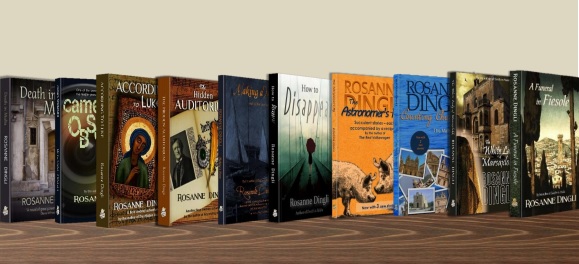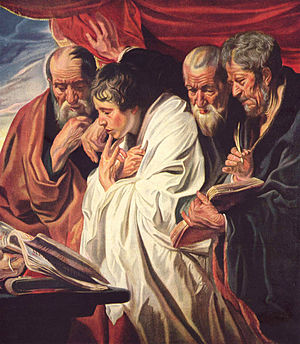 |
| Strong character |
Strong characters - two words one often finds in book reviews. Still, one has to wonder what strong really means. Exploring this in depth is vitally necessary to those who write character-driven stories: stories that stay in the heart not merely because of heart-stopping action, but because of the heart-rending emotion and psychological drama through which the author has led the protagonist.
We all have personality flaws and weaknesses - and secretly, we like to find similar failings in books, especially novels. Relating to a heroine who falls for the wrong bloke, but comes through victorious in the end makes for entertaining reading to some. Relating to a hero who dithers, ducks and weaves but reaches some sort of decision-making stance by the end can make for a good read. Many readers like it when tough-guy baddies have a chink in their armour. Since there is no such thing as a totally strong and unassailable character in life, we hardly expect to find it in fiction.
| Brad Pitt as Achilles |
In my forthcoming romantic thriller, Camera Obscura, my hero struggles valiantly with his weak side. He wonders why he cannot turn himself around, exit his inertia. He finds a woman who - in contrasting ability to his - takes charge of his life, at least for an interval, and makes him dizzy with ... with a feeling he cannot analyze. Oh dear. This man has weaknesses and failures. And yet, I have made that a strength. A strength for the novel and what it means. I hope I have imbued Bart Zacharin with enough muscle to satisfy a reader seeking change.
Perhaps that is what readers do seek: a weak character with failures much like their own, who finds an impasse but manages to overcome it.
Stay with me for the next few months, until Camera Obscura hits the online bookshops. Read chapter one by clicking on this link, and try and figure how I take Bart Zacharin from his state of inertia and make of him a fine hero one would not mind keeping and following.
Tell me what kind of character you like, if you are a reader. If you are an author, do you relish putting your characters through trials and tribulations that make them stronger?















